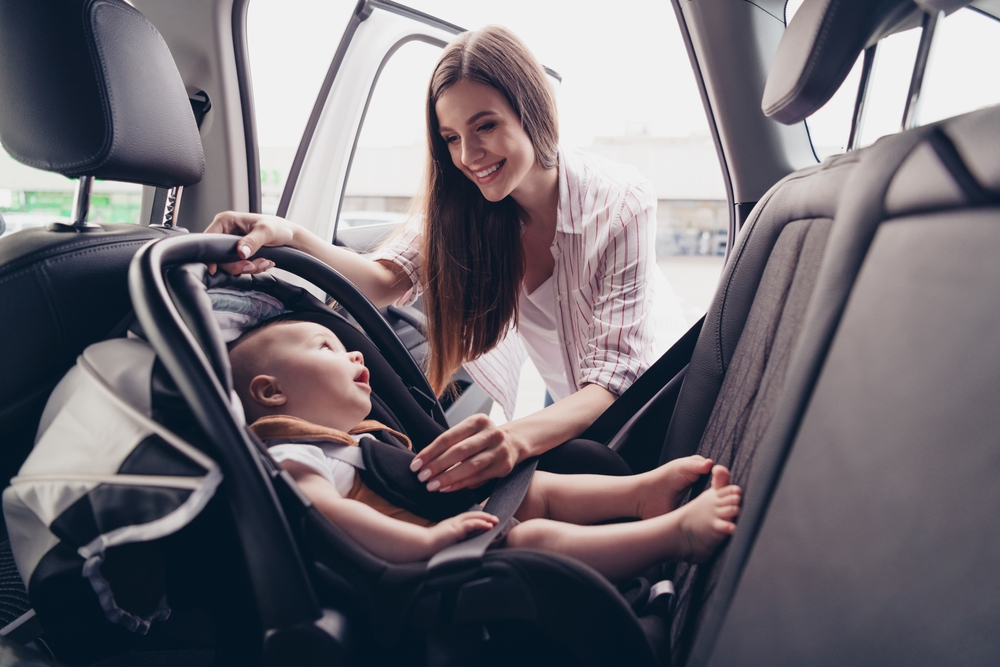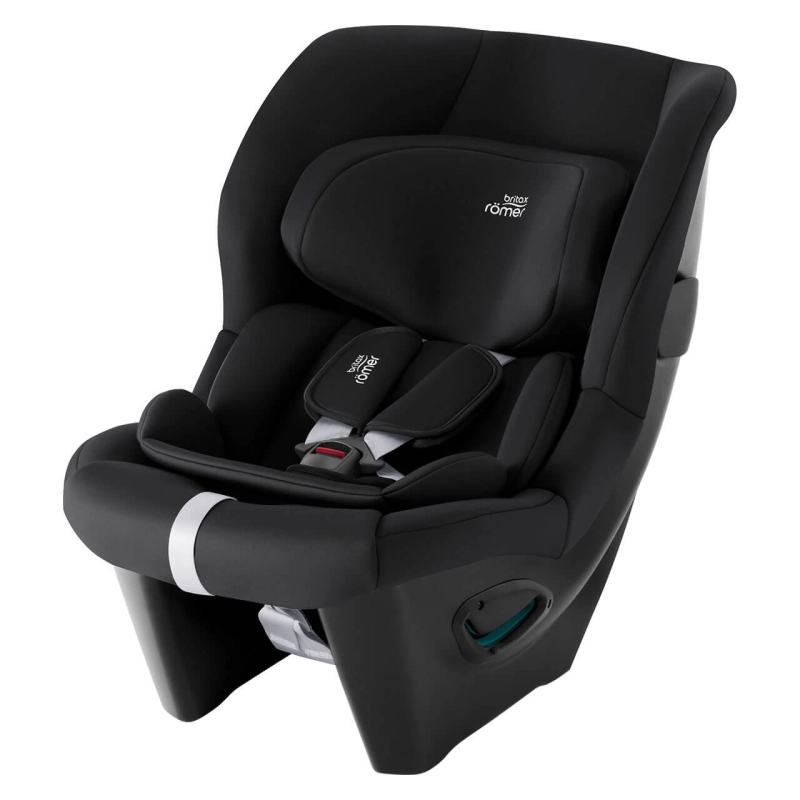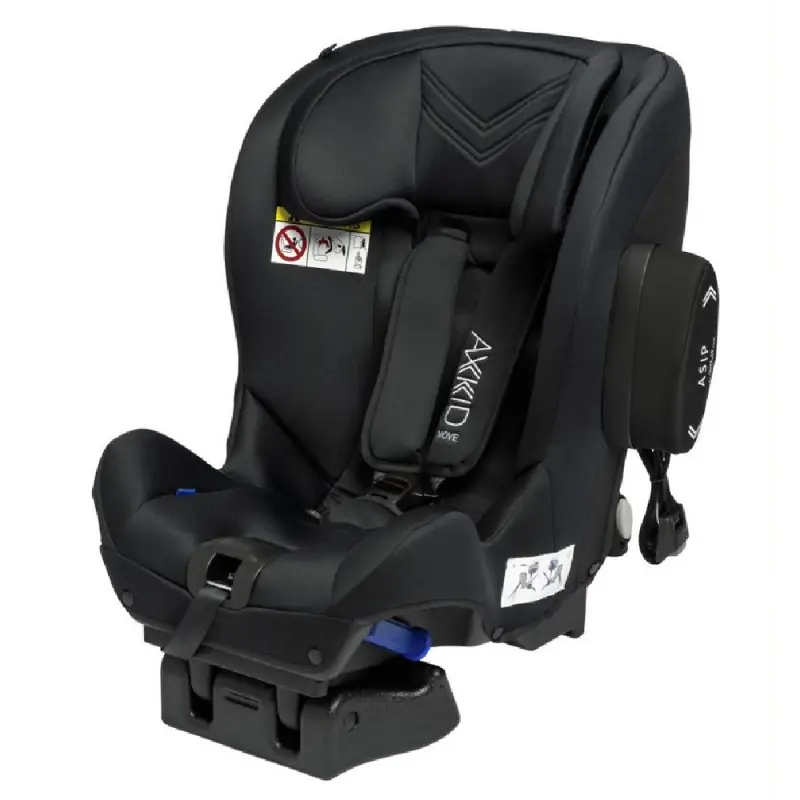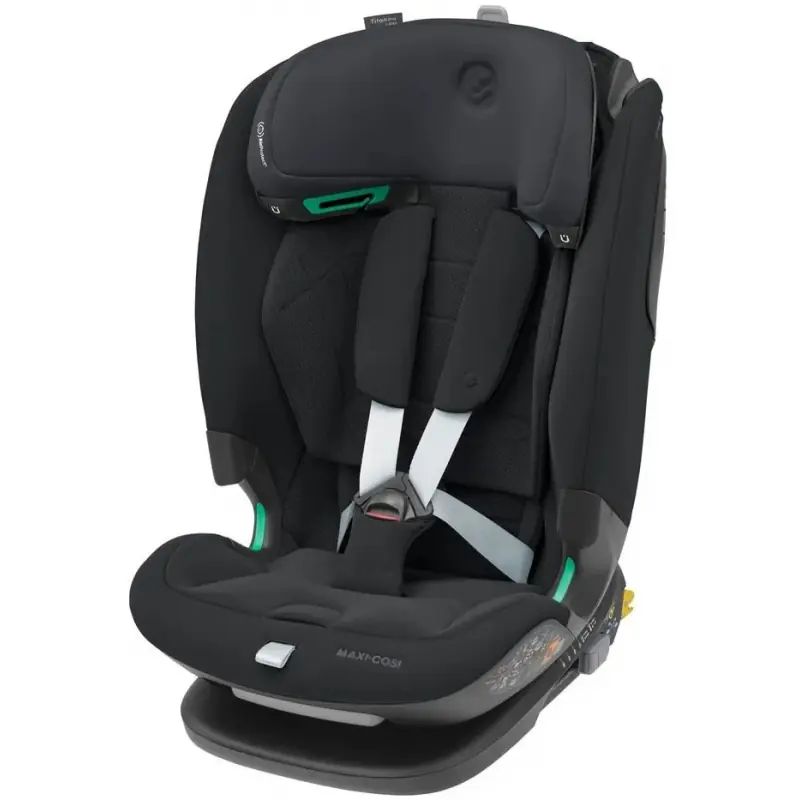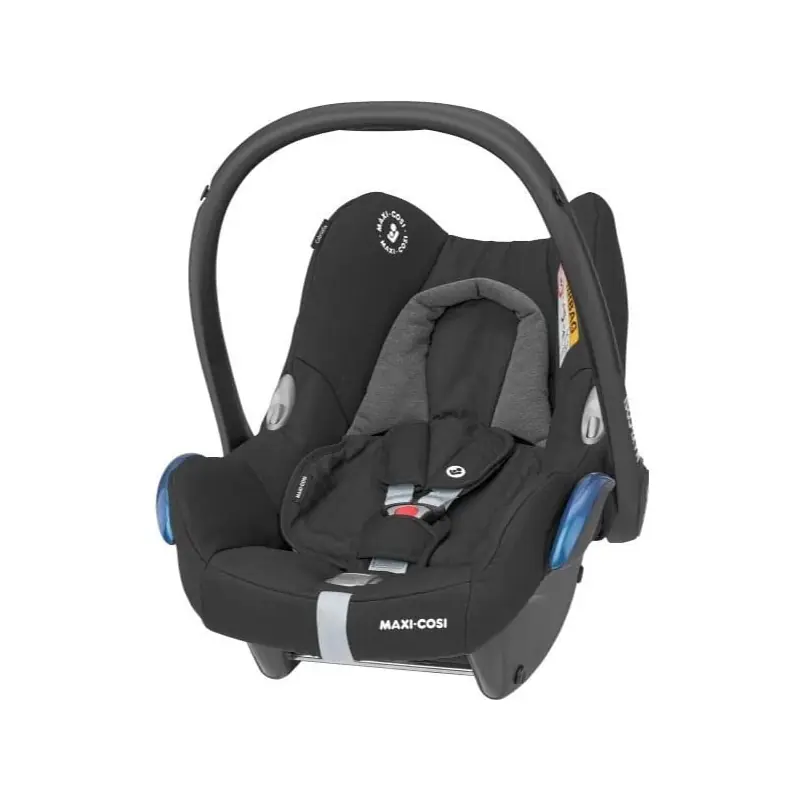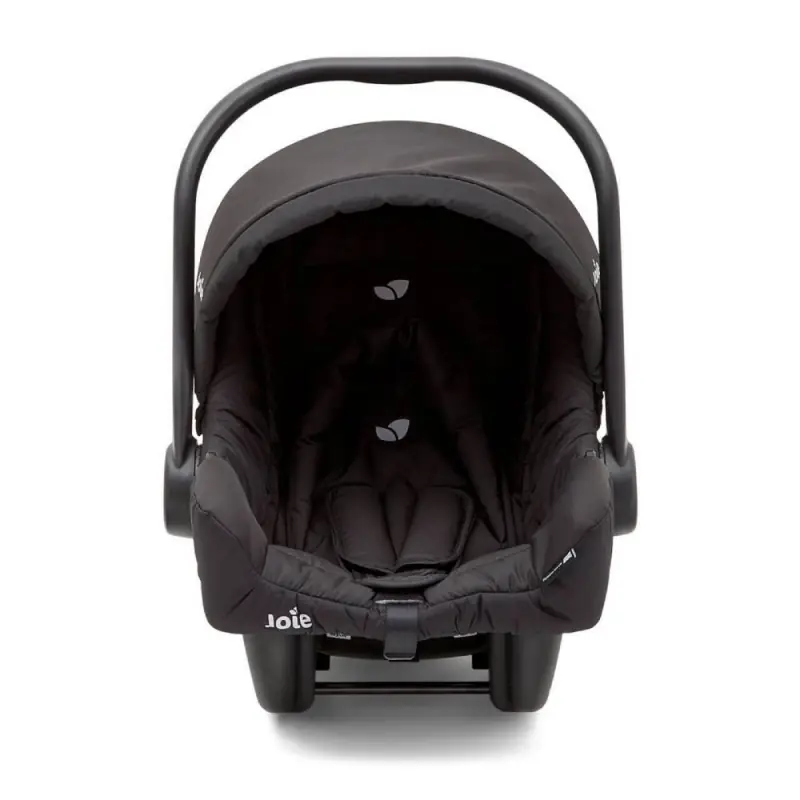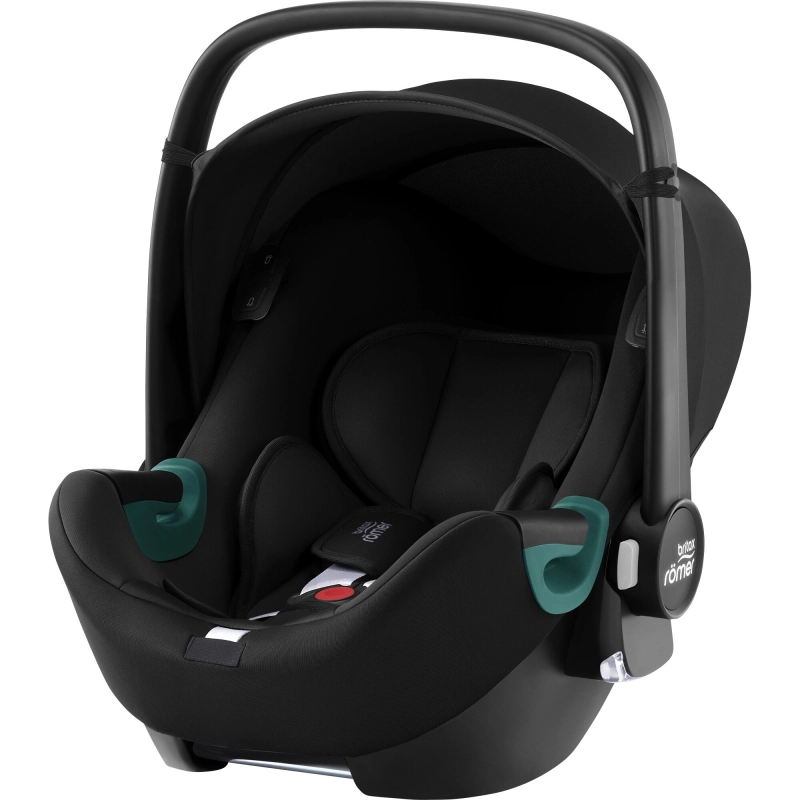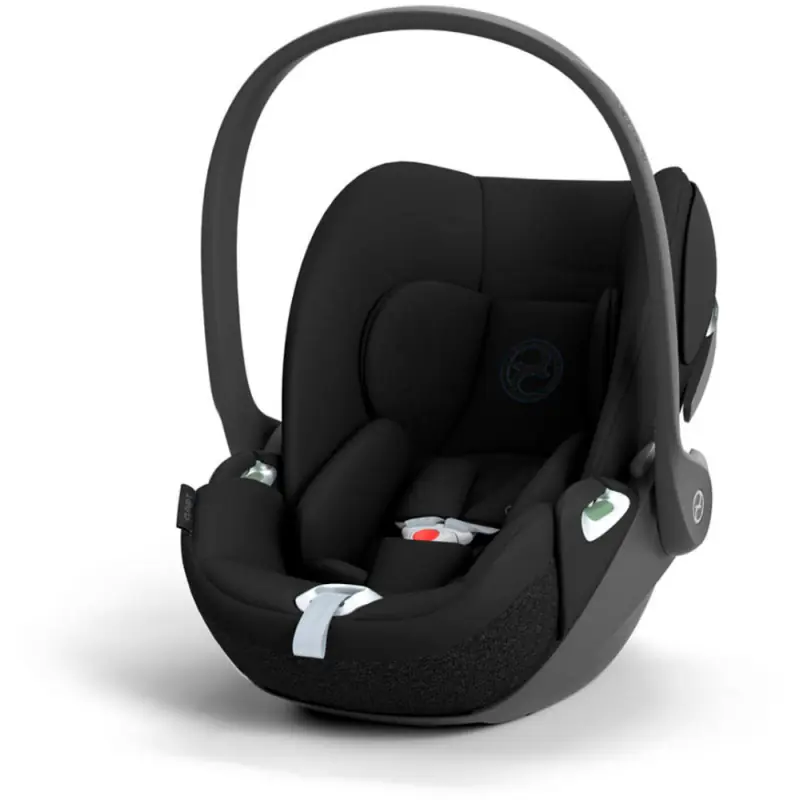If you have a long car journey ahead or just a day of chores that have to be done, it can be challenging to know how best to care for a baby. There will be many times when you have to plan a lengthy amount of car time with a young one, often leading to people trying to understand how long it is to be in the car.
Even though car seats are designed to be cosy and comfortable, there is a recommended limit for how long they should be used. In this article, we will explore the general rule for how long a baby can stay in a car seat. We will also examine why car seats shouldn’t be used for prolonged periods and recommend ways to enhance comfort if more extended travel is required.
Keep reading to learn more!
What Is the Recommended Length of Time That a Baby Can Stay In a Car Seat?
Before we share any advice, it’s important to say that there aren’t any official medical guidelines for travelling with a baby in the car. It is. However, it is a topic often discussed within many parenting groups and medical forums, as it’s understandably something many parents want to know about.
The consensus when looking only at UK sources is that babies should not travel in a car seat for longer than 2 hours at a time. various studies showcase links between longer travel and negative health effects, which is why the golden 2-hour rule is favoured by many. It is always down to your discretion as a parent to make the call, so always do what you believe is right for your child.
What Is the Recommended Length of Time That a Baby Can Stay In a Car Seat?
Before we share any advice, it’s important to say that there aren’t any official medical guidelines for travelling with a baby in the car. It is. However, it is a topic often discussed within many parenting groups and medical forums, as it’s understandably something many parents want to know about.
The consensus when looking only at UK sources is that babies should not travel in a car seat for longer than 2 hours at a time. various studies showcase links between longer travel and negative health effects, which is why the golden 2-hour rule is favoured by many. It is always down to your discretion as a parent to make the call, so always do what you believe is right for your child.
Why Should Babies Not Be Left in a Car Seat for Too Long?
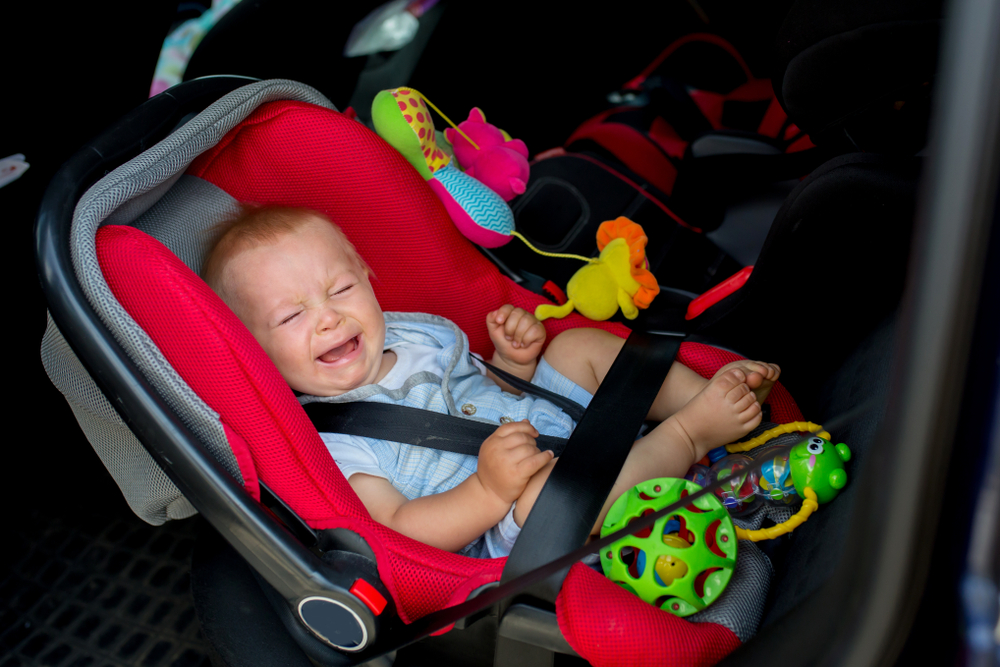
You may be thinking, ‘why can’t my baby stay in a car seat if they are comfortable sleeping?’. There are a few reasons, which include the following:
- A study by the University of Bristol found a link between extended periods of car seat time and breathing troubles. This is due to the position required for travel that can put straight on the little one over a long period. There is also a chance that if the baby falls asleep and their head falls forward, their breathing will be blocked.
- Whilst a baby is developing, it’s also important that they receive the correct support for their neck and head. If they are left in one position for too long, this can put pressure on their spine, leading to growth troubles.
- Sometimes, a baby can overheat in a car seat due to the robust lining and the clothing they may be wearing. It’s important to get them out regularly to assess their temperature.
Car seats should also only be used for transport, not as a substitute for a place to sleep. It can be tempting if a baby has fallen asleep during a journey to leave them be, but this is not the best habit to get into. Instead, it’s best to try to keep a baby awake or get them used to being moved to and from the car seat so that if they are asleep, you can move them without too much interruption.
How Should You Position a Baby’s Car Seat?
All child car seats should only be used in the rear of the car unless there is an exceptional circumstance, meaning it’s impossible to do so. This is applicable until the child is either 12 years of age or has a height of 135 cm (whatever comes first).
Babies aged between 0 to 15 months should only be placed in a rear-facing position during travel. We will add that the 2-hour journey length guidelines apply to young children during this entire period.
The reason that car seats must be rear-facing echoes the rationale for a baby only being left in one for 2 hours or less: safety. A seat in this position will be able to absorb much more of an impact, which is vital for little ones while their bones are still developing. The positioning also allows a baby to be kept much more secure, making for a safer and more comfortable travel experience.
What Type of Car Seats Are Best for a Baby To Use for Long Journeys?
The advice we have shared also takes into account the type of car seat that is being used. This is because R129 car seats offer the enhanced safety and comfort features required for looking after a baby whilst travelling. You should look for a car seat suitable from birth to 15 months to ensure the features you need are included in the product. These should include the following:
- Installation via an ISOFIX base, which ensures it’s legally compliant and securely fitted
- Shock absorbing materials
- Adjustable and removable padding, liners and covers
- Full adjustment of the harness and headrest to provide as the child grows, the car seat can be optimised for safety
- A certified European marking which consists of an E
- Side impact protection
- Multi position handle to allow for safe transporting to and from the vehicle but also correct positioning once installed
You can shop any seat in our collection with complete confidence as we only allow products to be chosen that meet the toughest safety and comfort standards. Here are a few examples you may wish to shop from:
Maxi Cosi Cabriofix
Comfy yet structured, this car seat is ideal for supporting a baby during the most pivotal development times. As well as including all of the safety features we have recommended, this product includes additional benefits such as a sun canopy, compatibility with a 3-point seatbelt and versatility to fit in 5 positions.
Joie Juva Classic
Thanks to its lightweight design, this seat is perfect for parents on the go who need to get their baby from A to B with ease. This means you can also get about more quickly, allowing the overall time in the car seat to be reduced.
Britax BABY-SAFE iSENSE
The key is the same for this product, as the model has been designed to offer little ones one of the safest travelling experiences. Provided with a newborn insert, a 5-point harness and fully adjustable linings, this seat ensures that it is safe and comfortable whilst a baby is in the carrier. Additional unique features include safety lights and lie-flat technology, allowing adjustability as the child grows.
Cybex Cloud T i-Size Carseat
This seat includes all of the features we have outlined but with the bonus of lasting until the child is approximately 24 months of age. Offering safety and extreme value for money, the ergonomic model also includes a 180° rotating mechanism, making it simple to use. This seat is also ideal for longer trips as the quality lining boasts breathable fabrics that help regulate the baby’s temperature. As we mentioned earlier, this can be one factor that makes it unsafe to remain in a car seat for extended periods of time, meaning this seat can reduce overall risks.
How Can You Ensure Your Baby Is Comfortable During a Car Ride?
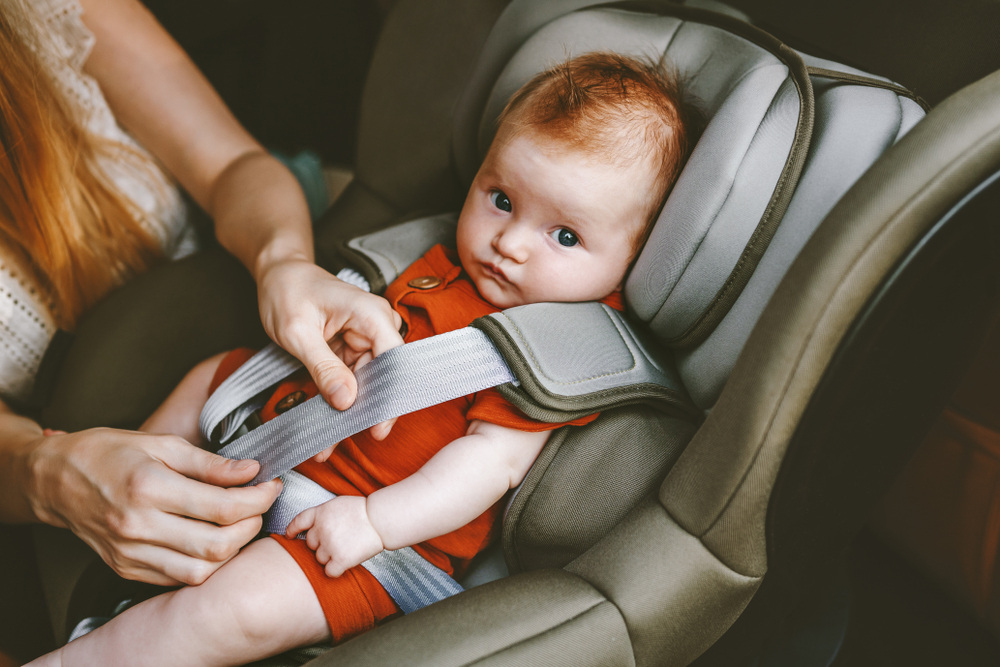
Keeping a baby safe in a car seat is important, but comfort is also key when it comes to longer car journeys. Whilst you should try to reduce time spent in the seat, by introducing a few car seat accessories, the pressure being placed on a young baby can be alleviated slightly. Products, including baby head support pillows and footmuffs, are recommended as they can be adjusted to make the child more comfortable for slightly longer.
Another good product for the job is a car sunshade. If the baby is more comfortable, they will likely stay in the car seat for a bit longer without injury. Also, if they are not being subjected to extreme heat or sunlight, they are less likely to wriggle around during the journey. This ensures the recommended posture is maintained, which is the best way to enhance safety during travel.
Furthermore, it’s important to consider if the baby has grown, as maintaining the correct adjustments for the car seat is vital. Although we have mentioned the 2-hour rule that most people tend to follow, this is only effective if the car seat suits the baby. If the seat is ill-fitting, it could mean that strain is being put on the child’s body, leading to enhanced risks. Always check where your child fits within the car seat with each use to ensure it’s still suitable for travel.
Choose the Right Car Seat with Kiddies Kingdom
Now that you know the recommended time for a baby to stay in a car seat, hopefully, you feel more confident in choosing the perfect model for your needs. If you still have queries, you can contact us or book an appointment to speak with our experts. We can help you find the right car seat, answer any questions, and support you with professional installation to give you complete peace of mind when travelling with a baby.

